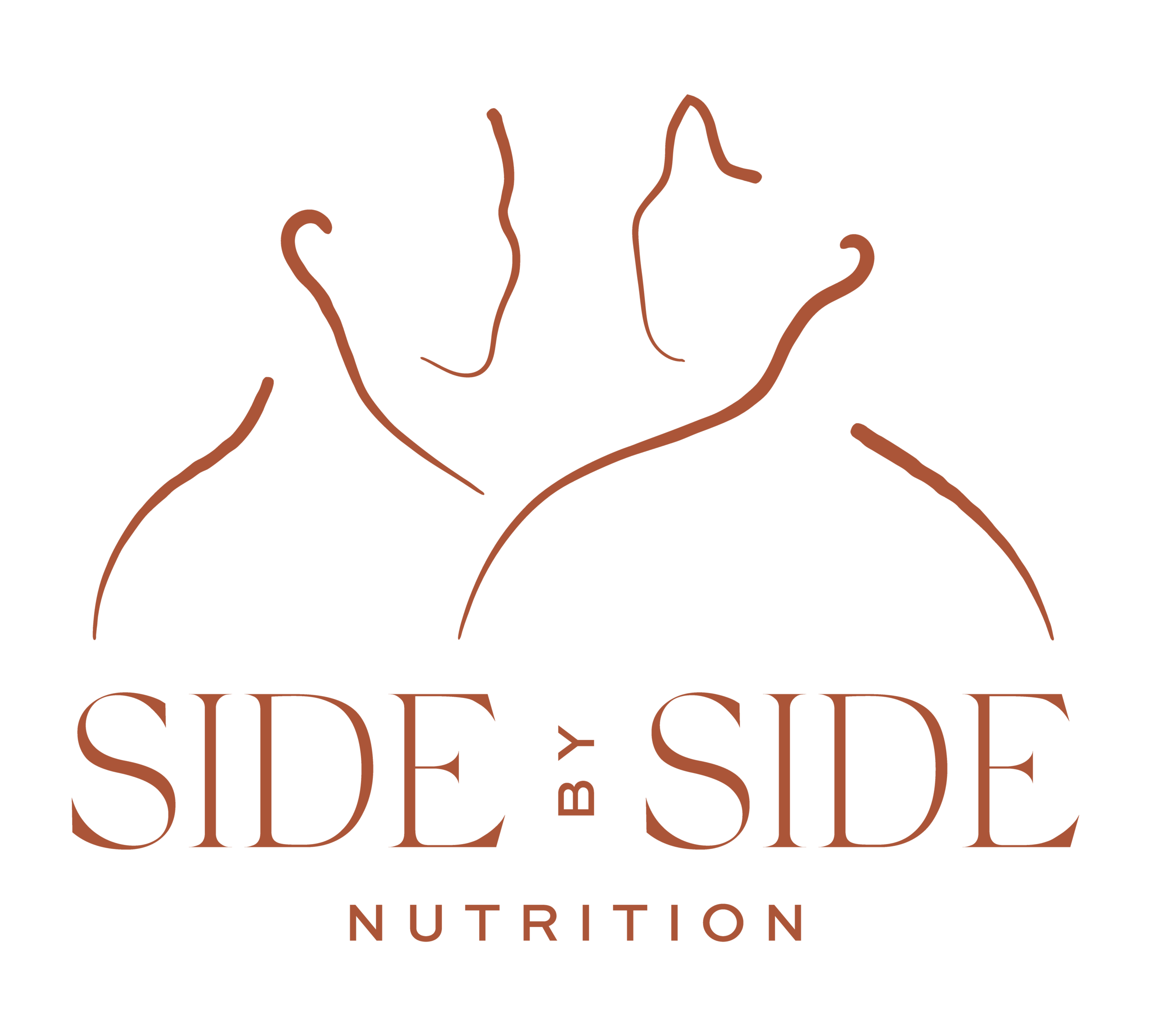Neuroplasticity is the property of the brain that enables it to change its own structure and functioning in response to activity and mental experience. Brain cells are able to constantly communicate electrically with one another and form and re-form new connections, moment by moment...a unique kind of healing. The good news for recovery is that when we start to think, feel, and do things differently, we carve out a new road.
Read MoreAs part of breaking the cycle of acting on ED behaviors in response to negative body image, you can learn skills to help tolerate urges for eating disorder behaviors.
Read MoreYour relationship with your body and your body’s relationship with yourself is just that- a relationship. In relationships, what we need is an understanding, an ability to listen to one each, an ability to understand and mend, to ask each other what you both need.
Read MoreBody image research is DEFINITELY lacking but we do have an understanding based on the research that tells us about why some people have better body image than others and what qualities, skills, components they have that allow them to have a healthier, more positive relationship with their body.
Read MoreOftentimes people do not recognize that their binge episodes are related to under-eating throughout the day. When that happens, they can feel shame associated with misunderstanding their body and their current seemingly “uncontrolled” behavior around food. Learn more about binge eating!
Read MoreChildhood and adolescence is a time of rapid growth and development, oftentimes involving many new experiences, life stressors, and increasing independence. There are many factors that can contribute to a child struggling with food. Learn more here and read this new blog post!
Read MoreIf you’re working on healing your relationship with food or your body, yoga can be a powerful tool to support connecting with your body and breath and exploring a different form of movement. The Sanskrit terms sthira and sukha means steadiness and ease.
Read MoreLearn to explore the stories you tell about your body and your life.
Read MoreUse yoga practices like medtation, breathwork, and yoga throughout your day to support your eating disorder recovery.
Read MoreAs athletes or active individuals, it can be super confusing to know where to start when it comes to fueling yourself for activity. From the millions of results on google to the over abundance of social media advice, it’s not hard to get overwhelmed. Here’s the truth-sports nutrition DOES NOT have to be complicated.
Read MorePranayama, or breathwork practices, can be powerful ways to help relax the nervous system and get present for a few moments. In pranayama practices, we focus on the breath. We may change the breath to lengthen the inhale or exhale, focus on where breath goes in the body, or focus the breath in other ways.
Read MoreThe restorative yoga practice was developed by B.K.S. Iyengar in India as a therapeutic style of yoga for injuries or illness. Restorative yoga uses props like bolsters, blankets, straps, and more to support the body in various positions, which are held for several minutes or longer.
Read More












